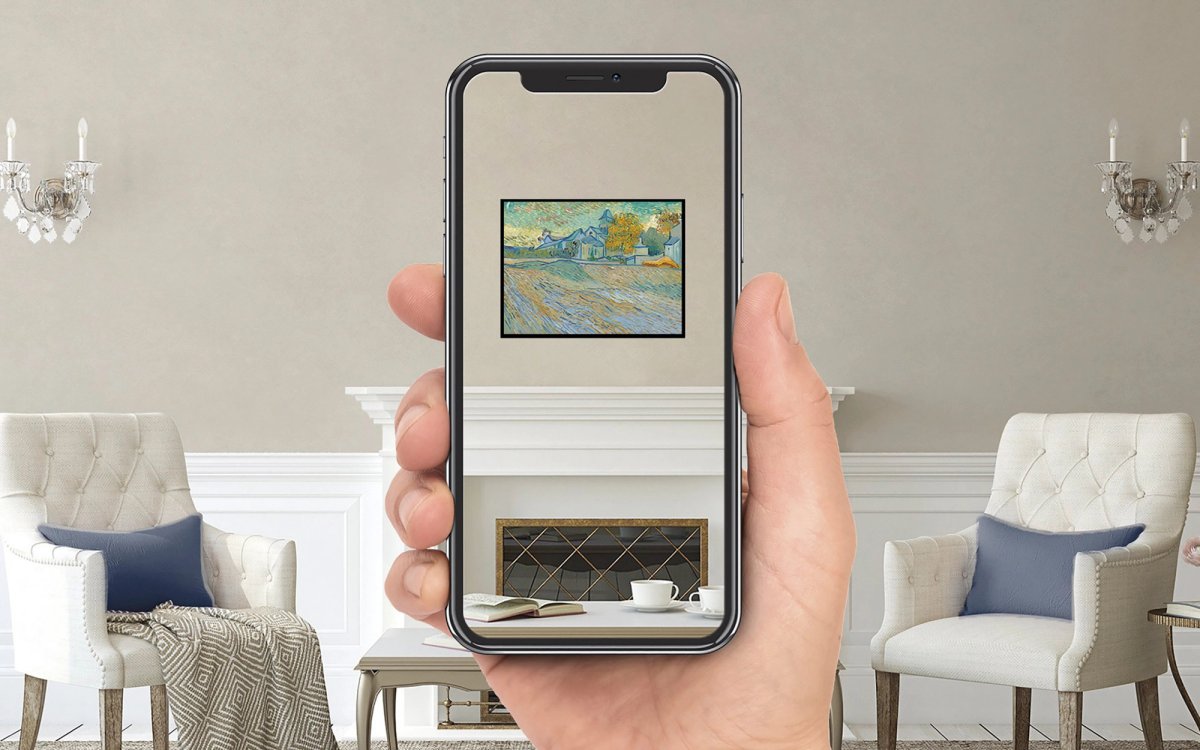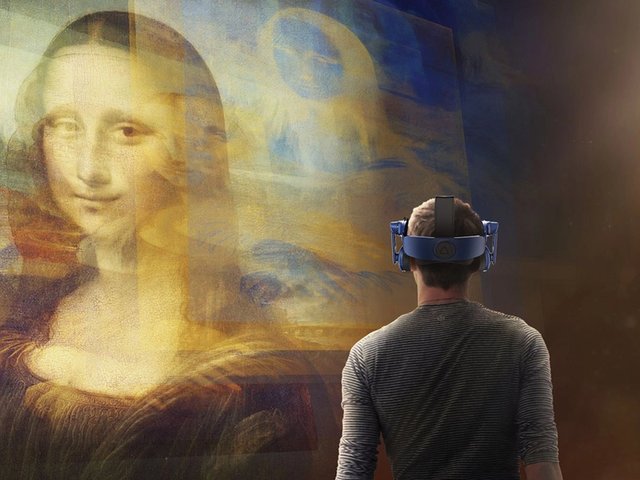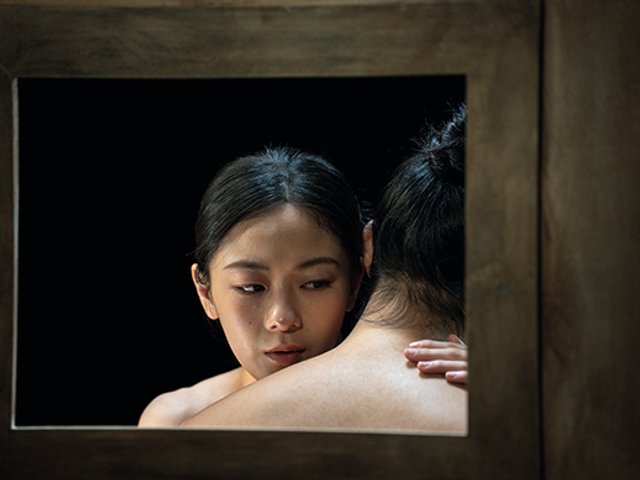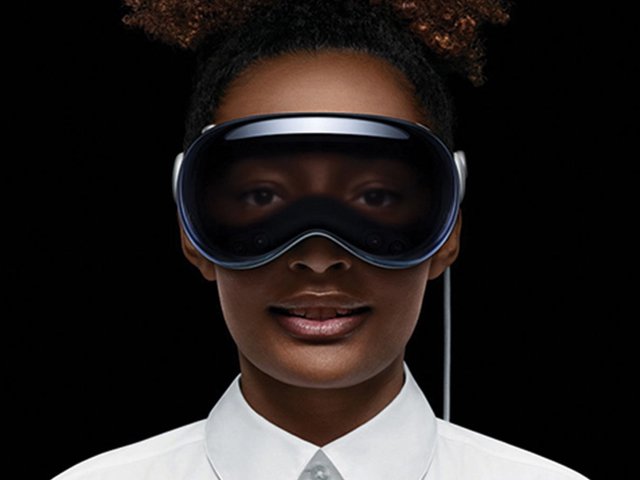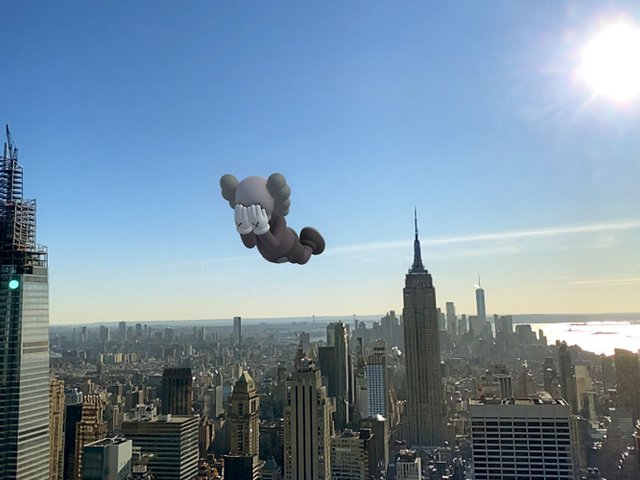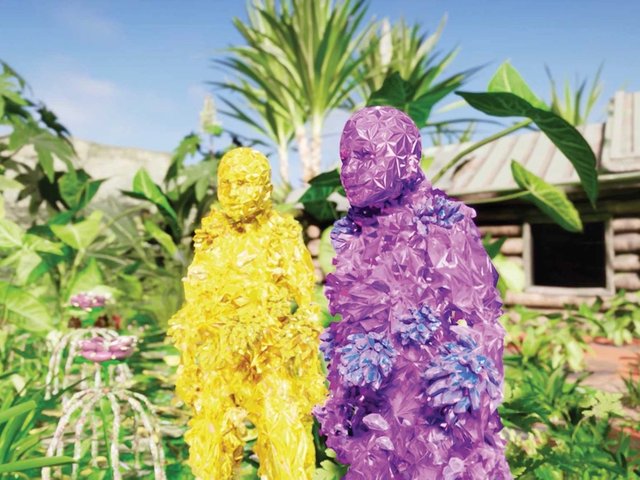As augmented reality (AR) headsets such as the Apple Vision Pro and Meta Quest II become mainstream, their potential in the art market is increasingly clear, experts say.
“I think, one million percent, galleries with the infrastructure to do so will have virtual tours of every show,” says Will Shott, who runs his eponymous gallery in Manhattan’s Two Bridges neighbourhood.
Hal Bromm, who is celebrating 50 years at his New York gallery, believes the technology could help revive declining gallery visits. While opening receptions with artists still attract crowds, traffic has dropped significantly since the 1970s, he says. “People go to art fairs the way they used to go to galleries,” he adds. “But using virtual reality (VR) for client interaction—there could be tremendous potential there.” Bromm sees promise in using AR and VR for virtual studio visits and previewing works in situ. Apple’s Vision Pro headset includes avatars that mirror users’ expressions in real time.
Joey Tepedino, an outsider artist represented by Bromm, is based in Allentown, Pennsylvania and only in New York “sporadically”, the dealer says. “For people to ‘visit’ his studio with something like this would be terrific.” Though sceptical about the technology replacing Zoom, Bromm says that the ability to discuss 3D scans in real time offers some distinct advantages. “The dilemma during the pandemic was that everything was the same size online,” he explains. “But placing a painting on your wall with this tech? That’s a big difference.”
Adam Himebauch, an artist who recently left New York, says the art world is becoming “increasingly decentralised” and that most people “experience art through the glowing screen of their phone”. Virtual studio experiences could let artists avoid city costs while remaining visible. “If audiences engage through screens, why shouldn’t curators and gallerists embrace that?” he asks.
Perfectly acceptable
Shott has used the Oculus VR headset and admits the experience isn’t the same as in-person. “But let’s say it’s an artist you already work with and know their style—it’s perfectly acceptable and will get used more and more.”
Bromm still sees value in letting collectors live with physical works before buying. He recently lent two paintings to collectors in Tribeca for consideration. “That’s still hard to beat,” he says.
Seeing a large work at scale in your own space could really help buyer confidenceIndia Price, adviser, Amanda Schmitt Art
India Price, an adviser with Amanda Schmitt Art, previously led digital programming at London’s Gazelli Art House gallery. She says headsets are moving AR beyond the realm of gimmickry. “Seeing a work at scale—especially something large or sculptural—in your own space could really help people feel confident about buying.”
But Martin Murphy, the incoming department head of game art and virtual reality development at Ringling College of Art and Design, in Sarasota, Florida, shoots down AR as a possible tool for the collector experience. “I cannot imagine a day where in my lifetime these collectors could be convinced to use this technology over taking a trip to Venice to see the work and meet the artist in person,” he says.
Murphy says devices such as the Vision Pro are not practical for galleries to provide to attendees because they are often highly individualised, requiring facial scanning and prescription lens inserts to be enjoyed to their full potential. Galleries would also need to hire staff to show collectors how to use them, unless collectors bring their own, which has its own challenges.
While Murphy believes there is a generational divide between AR and VR headset users and the traditional gallery attendee, Bromm believes the interest might be there and that the tech is not just for the young. “With every new technology advancement, there’s a level of discovery that’s fun,” Bromm says. “The people in the gallery with me are all much younger than I am, so I’m always learning new tricks from them. Galleries have learned you have to be flexible as technology shifts.”
Bromm is not convinced that traditional galleries will pivot to sell art that has to be viewed on AR devices, such as the digital art available for home viewing and purchase from blockchain-based Vision Pro app Kaleido’s Art Universe. “It’s an interesting line between virtual and real,” he adds. “But the collectors we work with have not shown any great interest in NFTs. They want something they can live with.”
Price sees potential, especially for digital-native works. “There’s a big difference between viewing a generative or video piece on your laptop versus seeing it come to life around you,” she says.
Will buyers stump up for it?
Dave Parker, the managing director of the UK-based Canterbury Auction Galleries, calls AR and VR for auctions a “really interesting area” but questions its feasibility, given that it involves “additional cost and process”. He says: “If you asked buyers if they would like additional services like VR imaging or immersive tech, the answer would be yes. If you then asked if they would be prepared to accept an increase in buyer’s premium, or to pay a fee for the service, the answer would be no. But it’s something we’re keeping under review.”
The big auction houses could, however, invest in such infrastructure, and some have begun to do so. An Apple representative says the details cannot be shared at this stage but the company is aware of related developments to watch for. Christie’s seems the most invested in the technology: through its mobile app, collectors can immersively view some, but not all, of its offerings. And it can be downloaded and used with the Vision Pro headset.
Meanwhile, London-based Poplar Studio has helped Sotheby’s embrace AR with Instagram filters. “There’s no shortage of examples of museums, galleries and art retailers that have used AR to turn a single visit, whether physical or virtual, into a memorable event,” reads a 2021 Poplar Studios blog post. Sotheby’s worked with Poplar to create a filter for trying on a royal tiara and to see Sandro Botticelli’s Portrait of a Young Man Holding a Roundel (around 1480) ahead of their auction sales. Poplar praised the auction house for reaching younger audiences with the tech.
Price says the ability to conduct live auctions virtually through such headsets is “an exciting idea” but that “we’re probably still a way off” from it being a reality.
Murphy says location-based entertainment expert Bob Cooney is helping find a path forward for auction houses. Cooney is observing new AR models where more than 100 people can simultaneously participate in immersive storytelling experiences with minimal staff intervention. “This kind of scalable and personalised experience could open doors for galleries and museums to blend interactivity, accessibility and commerce in meaningful ways,” Murphy says.
“A lot of collectors are used to calling in or placing bids ahead of time, if they don’t have time to get to the actual auction,” Price says. “If someone wants the energy and spectacle of being in the room, they usually just go in person. For this to catch on, you’d need widespread adoption in daily life.”


